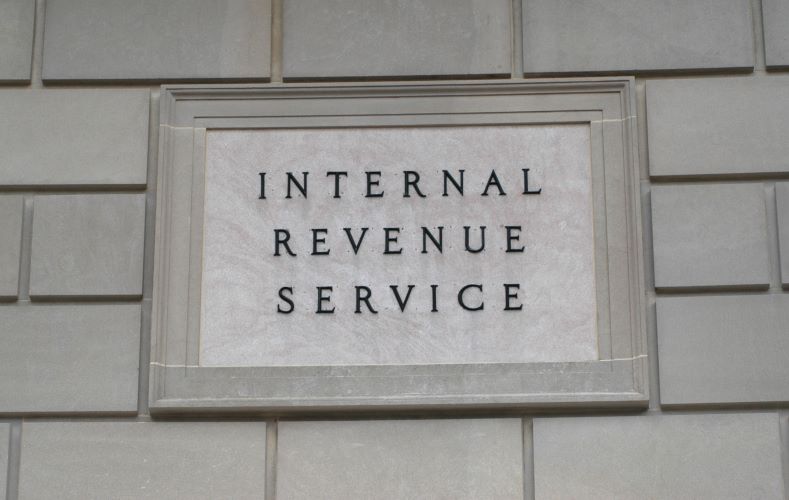As we await final approval on the Congressional Stimulus legislation heading to the House, businesses are still trying to figure out the details of the first Coronavirus legislation, the Families First Coronavirus Response Act (FFCRA). There are the human resources components on how to announce, implement, and comply with the expanded sick leave and there are the tax credit implications. Here we will look at the HR questions many businesses are grappling with as guidance is continued to be released from the Department of Labor (DOL).
What businesses must comply with the paid leave requirements?
If at the time of the employee’s leave, you employ fewer than 500 full-time and part-time employees in the United States you must provide the paid leave requirements. Those businesses with more than 500 employees are not required to comply.
The (DOL) retains the ability to “exempt small businesses with fewer than 50 employees from the paid leave requirements when the imposition of such requirements would jeopardize the viability of the business as a going concern.” The process by which to receive such an exemption has not yet been explained by the DOL.
What paid leaves are covered in FFCRA?
The FFCRA provides employees with the Emergency Paid Sick Leave, and additionally the Act expands and amends the Family and Medical Leave Act (FMLA).
What is the effective date for FFCRA?
Revised since the law first passed, the effective date for FFCRA is now April 1, 2020. If an employee was diagnosed or needed to begin caring for someone who was diagnosed prior to April 1, the paid leave provided under FFCRA would begin April 1, assuming they needed to continue their leave.
What makes an employee eligible for the emergency paid sick leave?
The FFCRA specifically outlines that employees are available for the leave under the following circumstances. Employee is…
- Self-isolated or quarantined because they have COVID-19;
- Obtaining a diagnosis because they are exhibiting symptoms of COVID-19;
- Complying with an order from a healthcare provider requiring them to self-quarantine or to stay away from work;
- Caring for a family member who is facing quarantine or self-isolation;
- Caring for children if schools are closed or a caregiver is unavailable due to the ongoing public health emergency; or
- Any other “substantially similar condition” specified by the secretary of health and human services in consultation with the secretary of the treasury and the secretary of labor.
Employers must allow employees to use the 10 emergency paid sick leave days before employees must utilize their regular paid time off benefits provided by the employer.
What makes an employee eligible for the expanded FMLA?
For the expanded FMLA in the FFCRA, an employee must have been employed for at least 30 days at the time they begin the paid family leave. Following that 30 days, employees can take paid family leave if they are unable to work or telework because of the need to care for children given school and daycare closures because of a declaration of a public health emergency. This paid leave is not for the purposes of recovering from a COVID-19 diagnosis or to self-quarantine.
Can or must businesses require a doctor’s note for these paid leaves?
Given the current environment and verified by the Centers for Disease Control (CDC), we can expect that medical professionals will be overwhelmed with testing and caring for patients meaning preparing doctor’s notes will not be a priority and therefore timeliness would likely be an issue if a business is requiring a doctor’s note. As a result, the CDC is recommending that employers do not require a doctor note.
Therefore, you can require a doctor’s note if you wish but you are not required to do so under the Act, and the CDC’s recommendation is not to require a doctor’s note.
How much paid leave are employees entitled to under FFCRA?
Full-time employees are entitled to 80 hours of paid leave over a two-week period under FFCRA. Part-time employees are entitled to paid leave for an average number of work hours in a two-week period. The employer can also use a six-month average if weekly schedule varies.
What are the pay requirements for these leaves?
Paid Emergency Sick Leave
For leave taken for an employee’s own illness or quarantine, employers need to pay employees at their regular rate of pay, with a maximum of $511 per day ($5,110 in the aggregate).
If leave is taken to care for others or due to school closures, employers need to pay employees two-thirds of their regular rate of pay, capped at $200 per day ($2,000 in the aggregate).
Expanded FMLA
Under FFCRA, the extended FMLA requires no compensation for the first 10 days of family leave. Employees can use 10 days of Paid Emergency Sick Leave under FFCRA for those initial 10 days. Following the initial 10 days, the employer needs to compensate the employee at two-thirds of their regular rate of the pay for the duration of the leave, capped at $200 per day ($10,000 in the aggregate).
Are there other requirements for employers under FFCRA?
The Secretary of Labor is due to publish a poster for employers to inform employees of their rights under FFCRA. This should be posted along with the other federally mandated posters relating to federal labor and employment laws. Given many businesses are working remotely, you may want to consider providing poster, once available, via an intranet or send to employees via email. Posters are available on the DOL website:
- Employee Rights: Paid Sick Leave and Expanded Family and Medical Leave under The Families First Coronavirus Response Act (FFCRA) (PDF)
- Federal Employee Rights: Paid Sick Leave and Expanded Family and Medical Leave under The Families First Coronavirus Response Act (FFCRA) (PDF)
Additional guidance published by the DOL includes a Fact Sheet for Employers.
** With the ever evolving changes of the COVID-19 stimulus opportunities, please refer to our Response to COVID-19 page for the most up to date information. Please contact us if you have specific questions. **
Contact Us
If you have questions about the information outlined above, Selden Fox can help. For additional information please call us at 630.954.1400 or click here to contact us. We look forward to speaking with you soon.
Sources: Illinois CPA Society (link); US Department of Labor (link)



